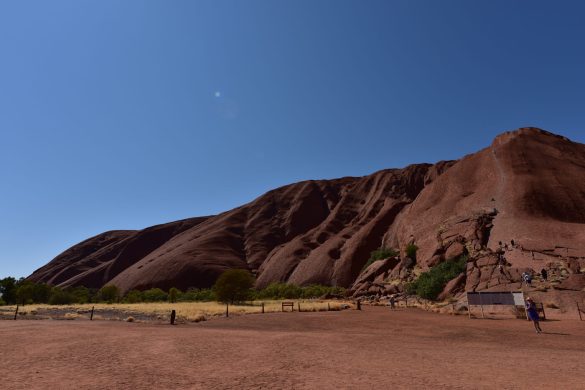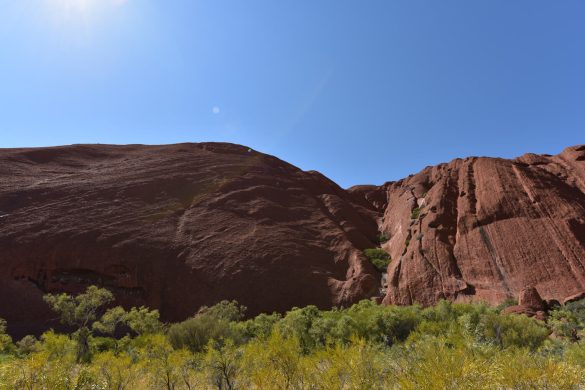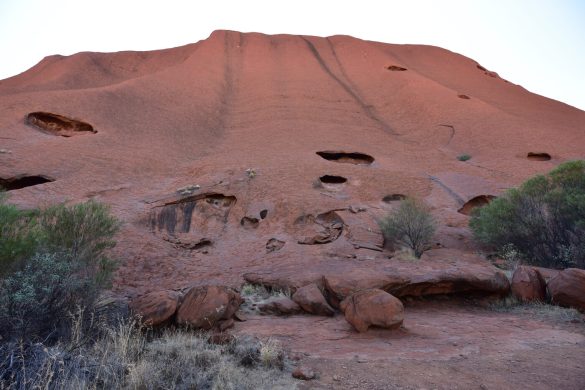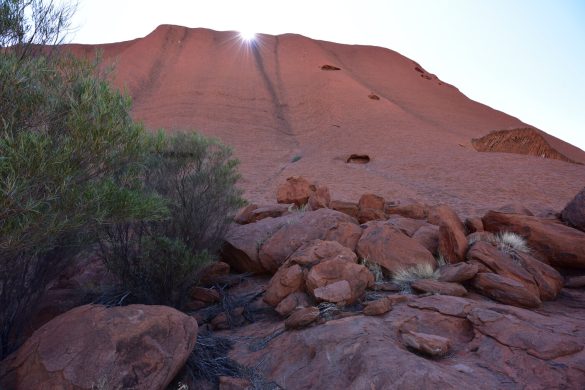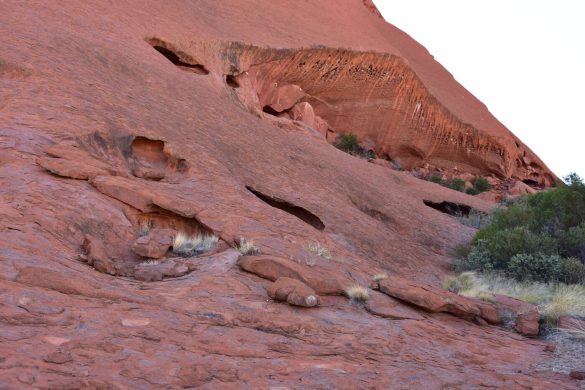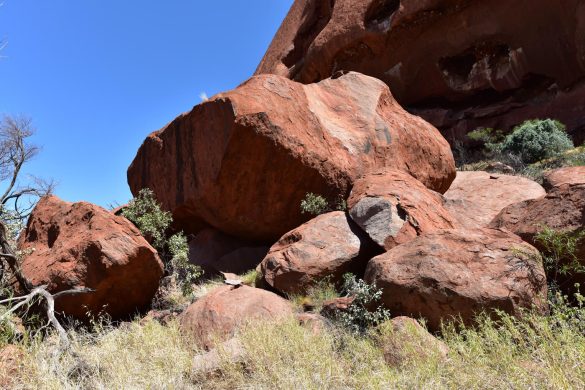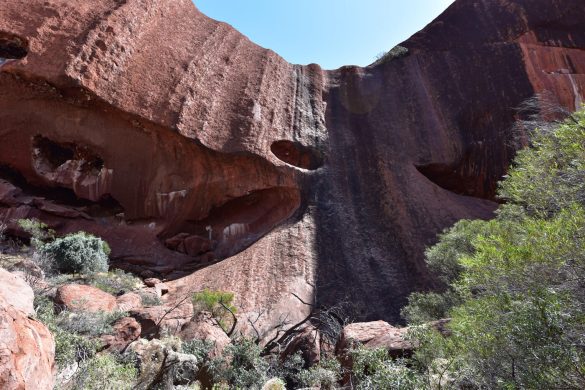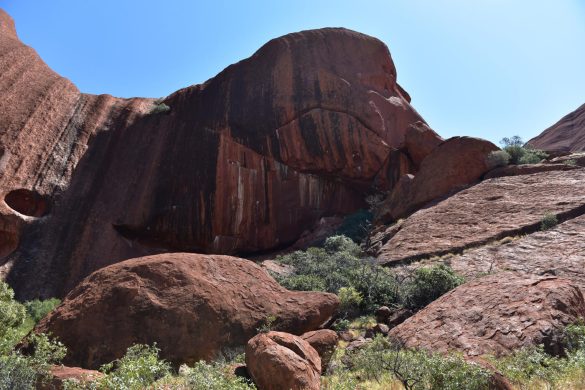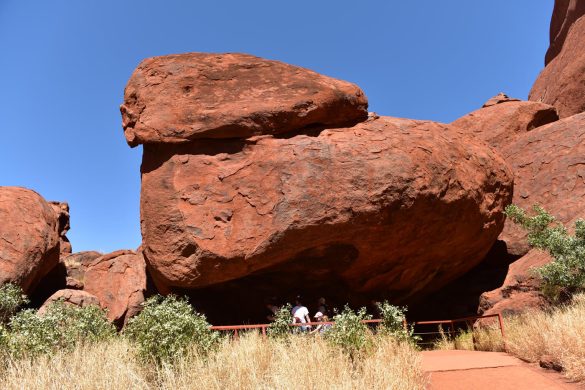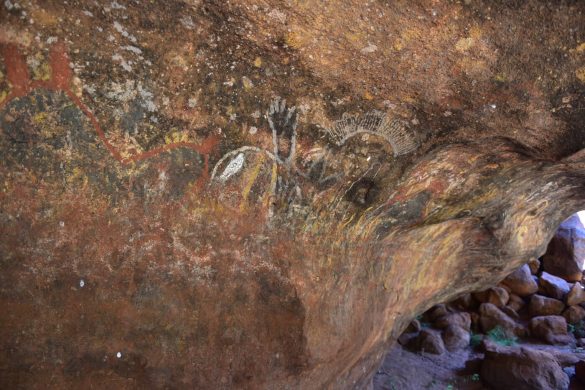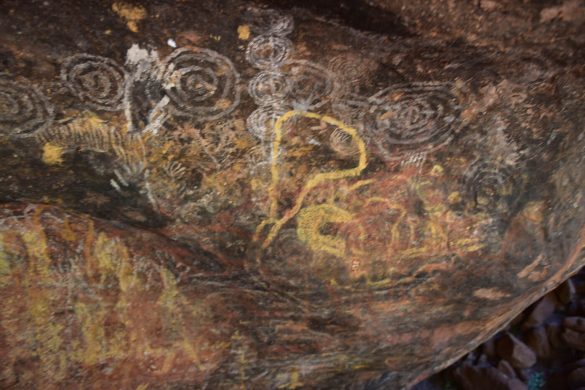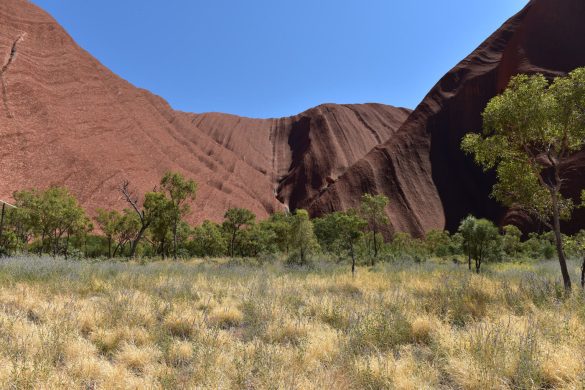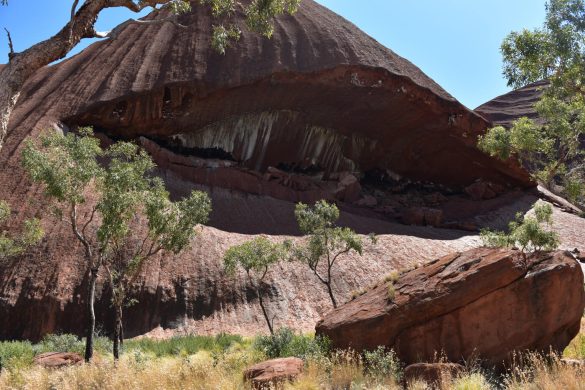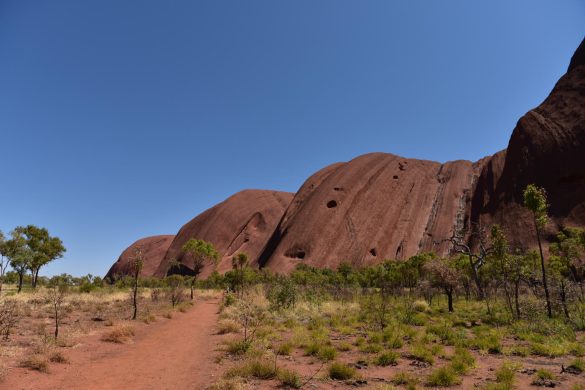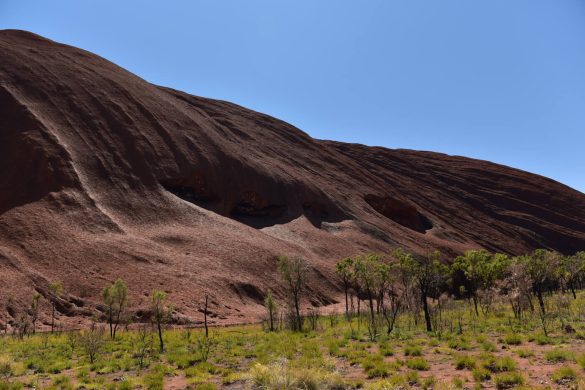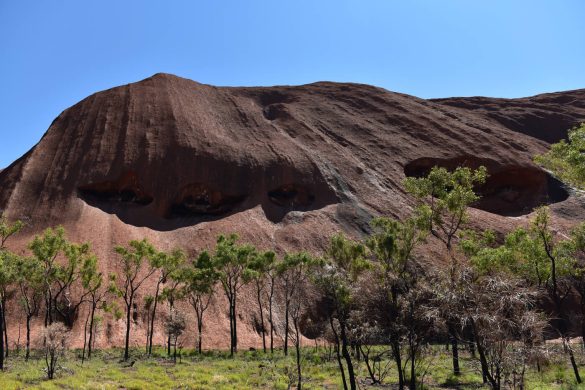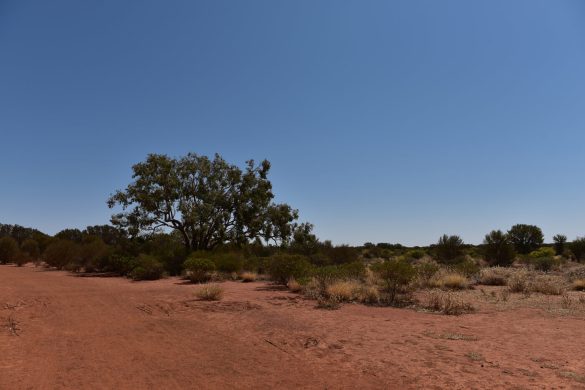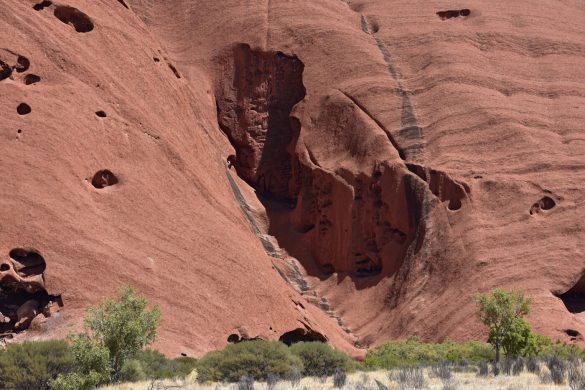Introduction
Standing before Uluru, the massive sandstone monolith rising from the heart of Australia’s Red Centre, I felt an immediate sense of awe. This sacred site, also known as Ayers Rock, is not just a geological wonder but a deeply spiritual place for the Anangu people, the traditional custodians of the land. My journey to Uluru was one of reflection, cultural discovery, and breathtaking landscapes. If you’re planning to visit, here’s what you need to know about experiencing this Australian icon.
🗺️ Where Is Uluru? Discovering the Heart of Australia
Tucked away in the remote outback of central Australia, Uluru (Ayers Rock) rises dramatically from the red desert landscape — a monumental sandstone giant that seems to glow at sunrise and sunset. Located in the Northern Territory, Uluru sits almost precisely in the geographic center of the Australian continent, making it not just a natural icon but a symbolic heart of the nation.
📍 Exact Location:
Uluru lies within the Uluru-Kata Tjuta National Park, a UNESCO World Heritage Site. Its coordinates are:
Latitude: 25.3444° S
Longitude: 131.0369° E
The nearest town is Yulara, a purpose-built resort community just 18 km (11 miles) away, offering accommodations and basic amenities for travelers.
🧭 What’s Around Uluru?
While Uluru itself is the main attraction, it’s far from the only geological wonder in the region. Just 50 km (30 miles) west lies Kata Tjuta (The Olgas) — a group of massive, dome-shaped rock formations that are equally majestic and spiritually significant to the local Anangu people.
You’ll also find:
Mutitjulu Waterhole – a rare desert water source at the base of Uluru.
Desert oak forests and spinifex grasslands, home to unique wildlife.
A network of walking trails and cultural centers sharing ancient Aboriginal stories and Dreamtime legends.
🚗 How to Get There
Despite its remote location, getting to Uluru is easier than it may seem.
✈️ By Air:
Fly to Ayers Rock Airport (Connellan Airport) – direct flights are available from Sydney, Melbourne, Brisbane, Cairns, and Alice Springs.
From the airport, it’s a 10-minute drive to Yulara, and then another 10-15 minutes to the base of Uluru.
🚗 By Road:
From Alice Springs, it’s a 450 km (280 mi) drive — roughly 5–6 hours through the beautiful Red Centre via the Stuart and Lasseter Highways.
Campervans are popular for this route and add a touch of adventure.
The Magic of Uluru
Uluru is a place that must be felt as much as it is seen. The rock changes color throughout the day, shifting from deep reds to glowing oranges at sunrise and sunset. I joined a guided tour at dawn, watching as the first rays of sunlight illuminated the rock’s surface, revealing intricate textures and centuries-old markings left by nature and time.
Walking around the base of Uluru, I was struck by the presence of ancient rock art and sacred waterholes. These sites tell the stories of the Anangu people, whose Dreamtime legends are woven into the very essence of the rock. With each step, I gained a deeper appreciation for the cultural and spiritual significance of Uluru.
Challenges and Considerations
Respecting Indigenous Culture – Climbing Uluru was permanently banned in 2019, in accordance with the wishes of the Anangu people. Visitors are encouraged to learn about its significance rather than attempt to conquer it.
Extreme Weather – The Outback can be brutally hot, especially in summer, with temperatures often exceeding 40°C (104°F). Hydration, sun protection, and appropriate clothing are essential.
Remote Location – Uluru is far from major cities, requiring a flight to Ayers Rock Airport or a long drive through the desert. But the journey itself is part of the adventure.
Flies and Insects – The Outback is notorious for its swarms of flies. A fly net can be a lifesaver during your visit.
Essential Tips for Visiting Uluru
Take a Cultural Tour – Join an Anangu-guided tour to learn about the rock’s significance, local customs, and Indigenous traditions.
Visit at Sunrise or Sunset – These times offer the most stunning views and cooler temperatures for exploring.
Explore Beyond Uluru – Nearby Kata Tjuta (The Olgas) offers equally impressive rock formations and breathtaking hikes.
Stay Sustainable – Respect the environment by sticking to designated paths and carrying out any waste.
Bring a Good Camera – Uluru’s ever-changing colors make for some of the most stunning photographs you’ll ever take.
Fun Facts About Uluru
Uluru is over 600 million years old and stands 348 meters (1,142 feet) tall.
The base walk around Uluru is approximately 10.6 km (6.6 miles).
It is sacred to the Anangu people, who have lived in the area for thousands of years.
Despite its size, most of Uluru is underground!
The rock’s red color comes from iron oxidation, similar to rust.
Final Thoughts
Visiting Uluru was an unforgettable experience that connected me to both the natural beauty and deep cultural heritage of Australia. It’s a place that invites contemplation, appreciation, and respect. Whether you’re admiring its grandeur at sunrise or learning about its spiritual significance from the Anangu people, Uluru is a journey worth taking.


